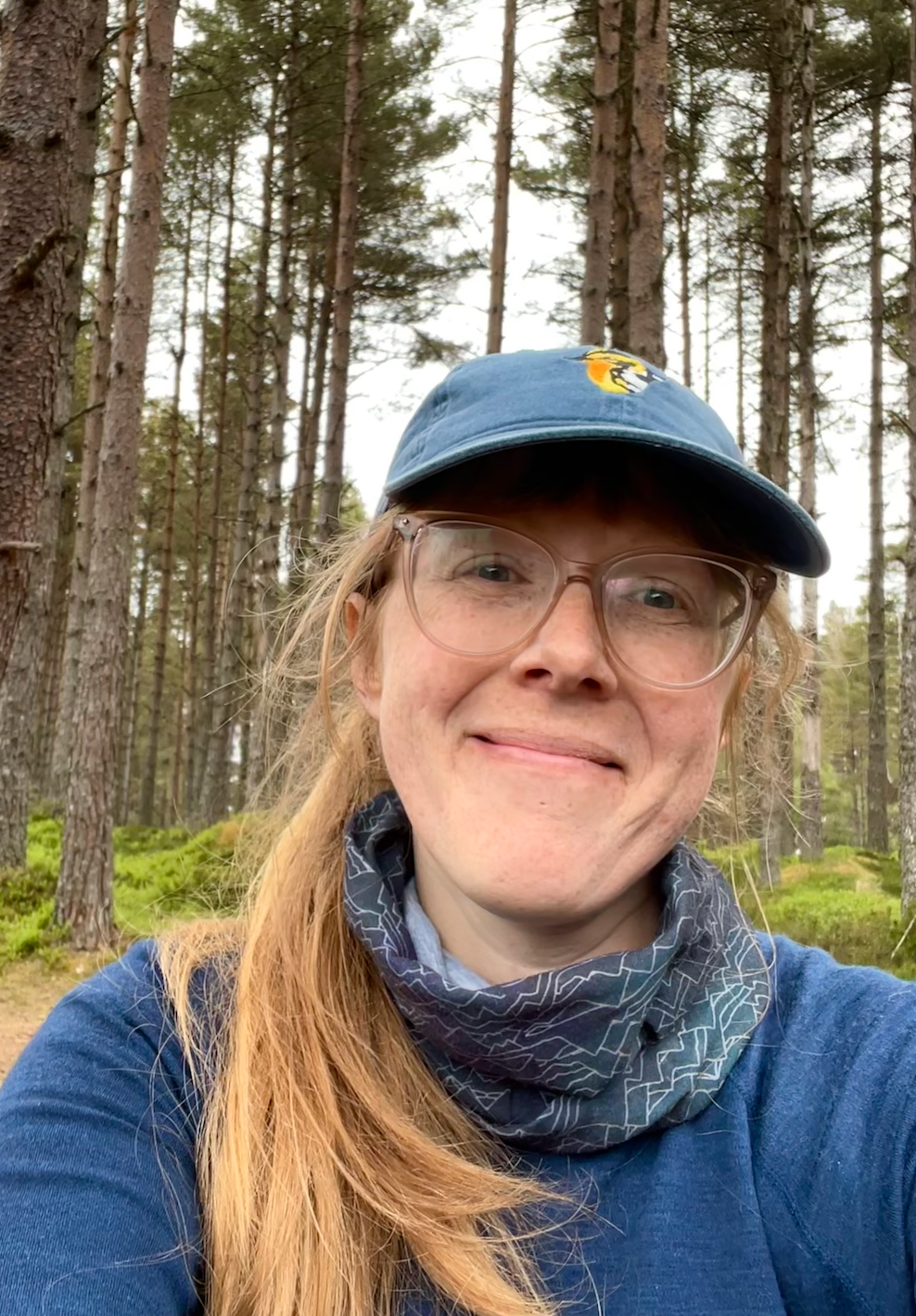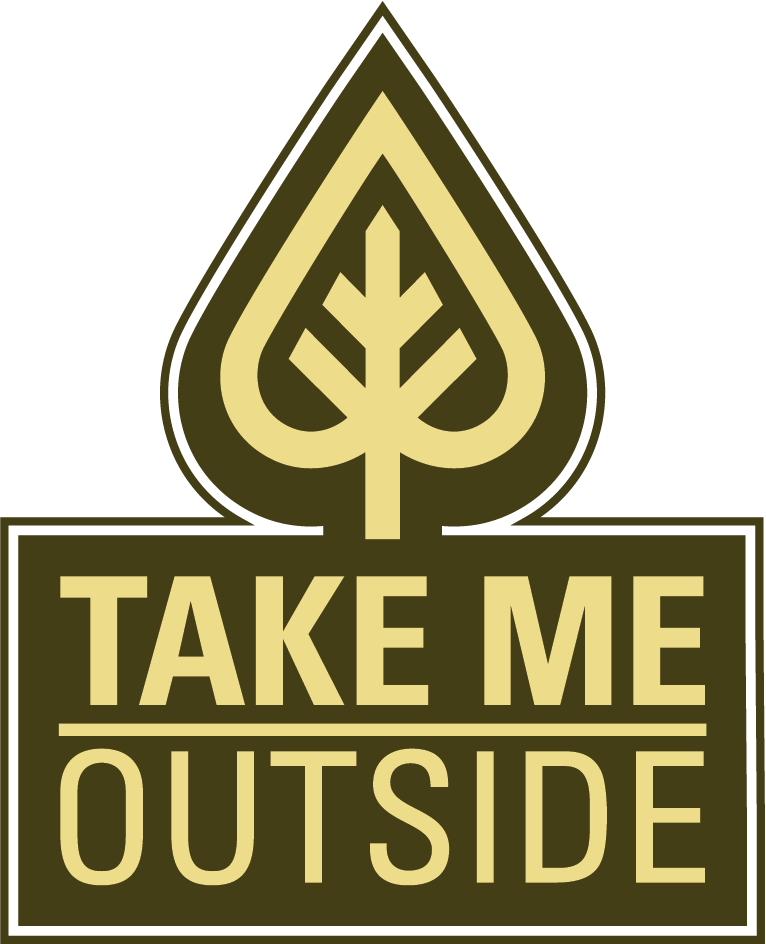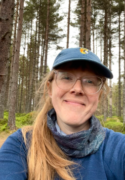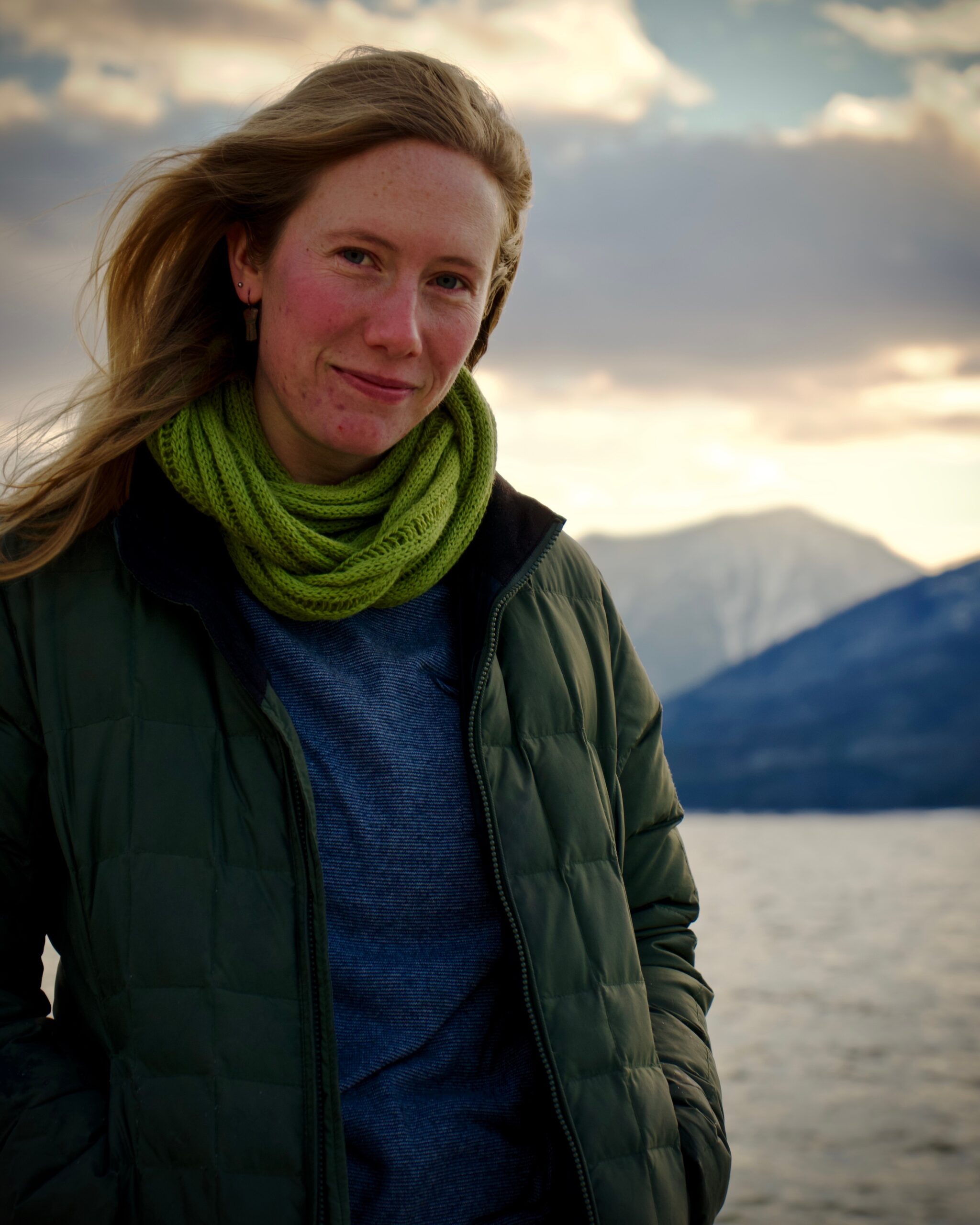Thank You Steph and Welcome Julie, TMO’s new Program Manager!
Thank you Steph!
Steph Korolyk has worked with Take Me Outside for the past 3 years, shifting from a part time Outreach position into a full time Coordinator role and then into being our Program Manager. TMO has done some important work over the last few years, and Steph has been an integral piece of that work and of our growth organizationally. She is a wonderful human and we will miss her dearly in the months to come as she transitions to other life projects on the west coast. She has expressed a desire to stay involved with TMO down the road in a volunteer role, so we don’t have to fully say goodbye. Steph, we wish you the best in this next chapter!

“I’m so excited to join the Take Me Outside team! TMO has such a wide reach across Turtle Island (and beyond!) and has increased the accessibility of outdoor learning for so many learners. I’ve personally experienced many benefits from a childhood spent outside and I want to help ensure every child has opportunities to connect to nature and spend a significant part of each day outdoors. I love supporting educators and I’m really looking forward to connecting with the TMO community!”
Welcome Julie, TMO’s new Program Manager!
Julie is a land-based educator, elementary school teacher, Forest and Nature School practitioner and enthusiastic naturalist with over 15 years of leadership experience within non-profit organizations. She loves helping people of all ages connect to nature and is deeply passionate about social justice, removing barriers and increasing equity, diversity, inclusion and accessibility in outdoor learning. She grew up in a house in a forest near London, Ontario. Her naturalist parents took her birding in Point Pelee, home of the Caldwell First Nation, every spring since she was a baby, so technically she started birding before she could even walk. Julie created the Fanshawe Nature School while working as the Community Education Supervisor for the Upper Thames River Conservation Authority and has previously worked as Community Programs Coordinator at the High Park Nature Centre in Toronto and as Program Manager at The Guelph Outdoor School. Julie lives on Dish with One Spoon and Between the Lakes Treaty 3 land in Guelph, Ontario with her partner Claire and cat Penny and loves camping, cooking, wild swimming, reading, crafting and music.
A favourite activity for Julie:
I love doing Sound Maps with learners of all ages. Everyone spreads out and finds their own sit spot, equipped with a small clipboard, piece of paper and a pencil. To make a Sound Map, you can draw yourself in the middle of the page and then simply sit and observe the sounds all around you, drawing pictures to represent the sounds onto your paper as you hear them, in relation to where you’re sitting. I find this to be a lovely mindfulness practice which helps build skills in nature observation. It’s also a great activity for kids who may find sitting still for a sit spot challenging. One thing I love about sit spots is returning to the same spot regularly and noticing changes big and small throughout the seasons. It’s also a very accessible activity because sit spots can happen anywhere outside!
When I was an Occasional Teacher for K-8 classes in the Thames Valley District School Board (TVDSB), I built outdoor learning into the school day whenever I could, taking learners outside to play active games, sing nature songs, explore and connect with nature. I loved seeing how learners change once they are outdoors- beyond traditional classroom walls- and how they open up to the world around them and use all their senses while playing, imagining, discovering, moving, getting dirty and connecting with each other. I’ve seen so many positive impacts of outdoor learning firsthand, including increases in confidence, emotional regulation, physical agility, creativity and resiliency!
Encouragement for educators to take their learners outside:
Outdoor learning is not just highly beneficial for learners but also for us educators too! Educators can experience the same increases in health and well-being and decrease in stress, and feel more centred, balanced and calm after spending time outside. Not to mention it can be a wonderful way to respectfully and authentically integrate Indigenous Knowledge and Ways of Knowing into every day, as well as connect more deeply and have fun with learners.
- S Prev
- s







Colleen Roberts
July 24, 2024 (7:47 am)
Thank you for the introduction to Take Me Outside. Troy Scott shared the link sent by Rachel Cumpsty with me and I would like to follow up with a phone call/Teams meeting or in person to learn more about your organization.
Summer is a great time in terms of my availability, however, my colleague will not be available until September. Could I suggest we begin with a summer conversation with just me?
Thank you,
Colleen